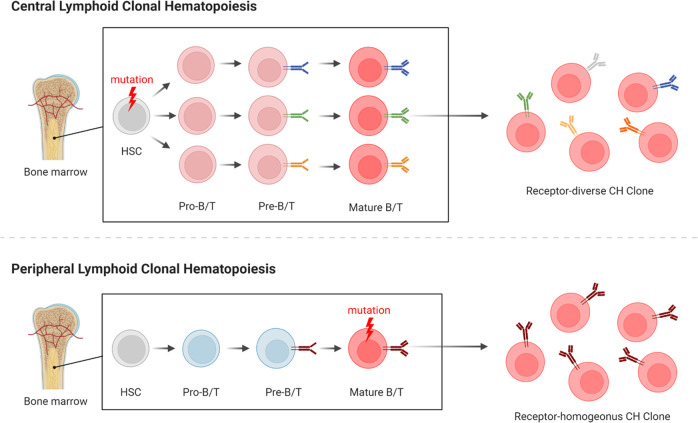Fig. 2. Lymphocyte Receptor Diversity in Clonal Hematopoiesis.
During lymphocyte development, HSC’s follow a multi-step differentiation pathway which includes the rearrangement of BCR or TCR genes for B cells and T cells respectively. Receptor rearrangement defines distinct stages of lymphocyte development with the rearrangement of the immunoglobulin heavy chain or TCRβ defining the transition from pro-B/T to pre-B/T cells and the subsequent rearrangement of the immunoglobulin light chain or TCRα chain occurring during the transition from pre-B/T to mature B/T cells. Stochastic rearrangement of lymphocyte receptor genes in each developing cell produces a diverse repertoire of B and T cells. (Upper) CH mutations which occur in the HSC, defined here as central lymphoid clonal hematopoiesis, are carried forth in all progeny cells which then undergo receptor rearrangement to form a receptor-diverse CH clone. (Lower) CH mutations occurring in mature lymphocytes which have already completed receptor rearrangement, defined here as peripheral lymphoid clonal hematopoiesis, will expand and form a receptor-homogenous CH clone.

